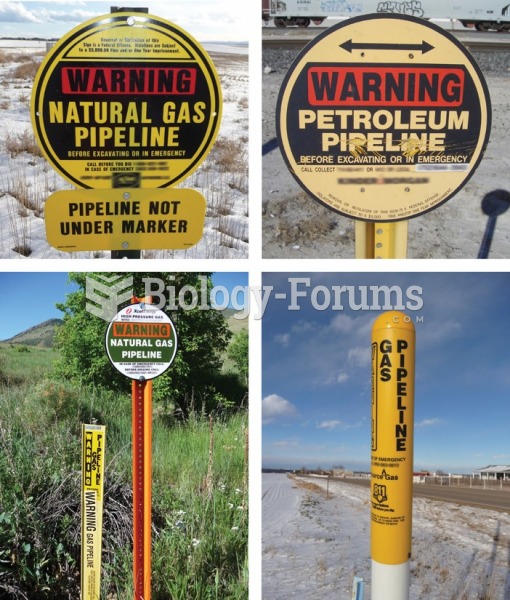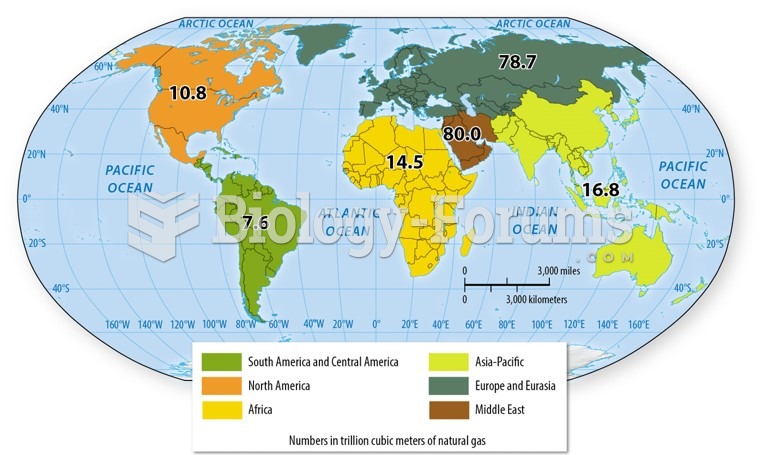Answer to Question 1
Of course, the Keystone XL pipeline would bring more jobs and more oil to the United States. It would be imported from Canada, but would not be coming from as long of a distance as importing from other countries. Problems with this pipeline could include possible leaks (including into ecologically important areas).
The benefit of fracking for shale gas includes increasing U.S. domestic natural gas supply (a clean energy source) because we have an abundance of shale gas. Disadvantages include the need to store and dispose of the hydraulic fluid and water used in the process.
Removing coal from the mountaintop-removal process decreases the chance of death and disaster related to underground coal mining that we have experienced historically and recently. However, this process is environmentally destructive to the area, converting ecosystems into restoration projects.
Answer to Question 2
Biotic potential is the number of offspring (live births, eggs laid, or seeds or spores set in plants) that a species may produce under ideal conditions. A species' biotic potential remains constant. Environmental resistance is the combination of all the abiotic and biotic factors that may limit a population's increase. Environmental resistance may increase or decrease depending upon population size. Environmental resistance controls a population's size.
The biotic potential of a species causes the population size to increase. While the population size is relatively small, the environmental resistance is low and the rate of population growth increases. As population size increases, the environmental resistance increases and the rate of population growth declines. The population size of some species remains relatively level with moderate increases and decreases in population size. Other species have more dramatic fluctuations in population size.







